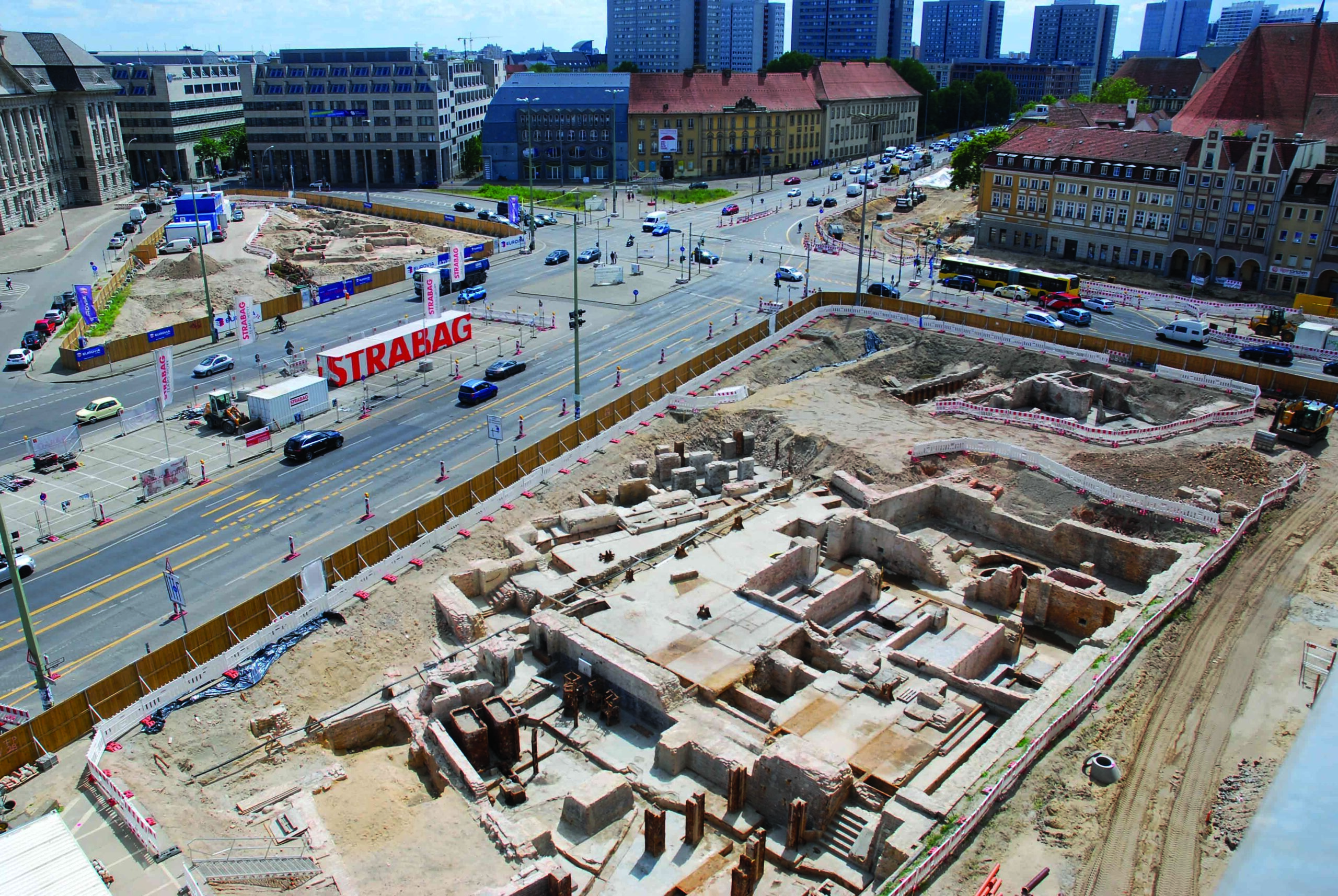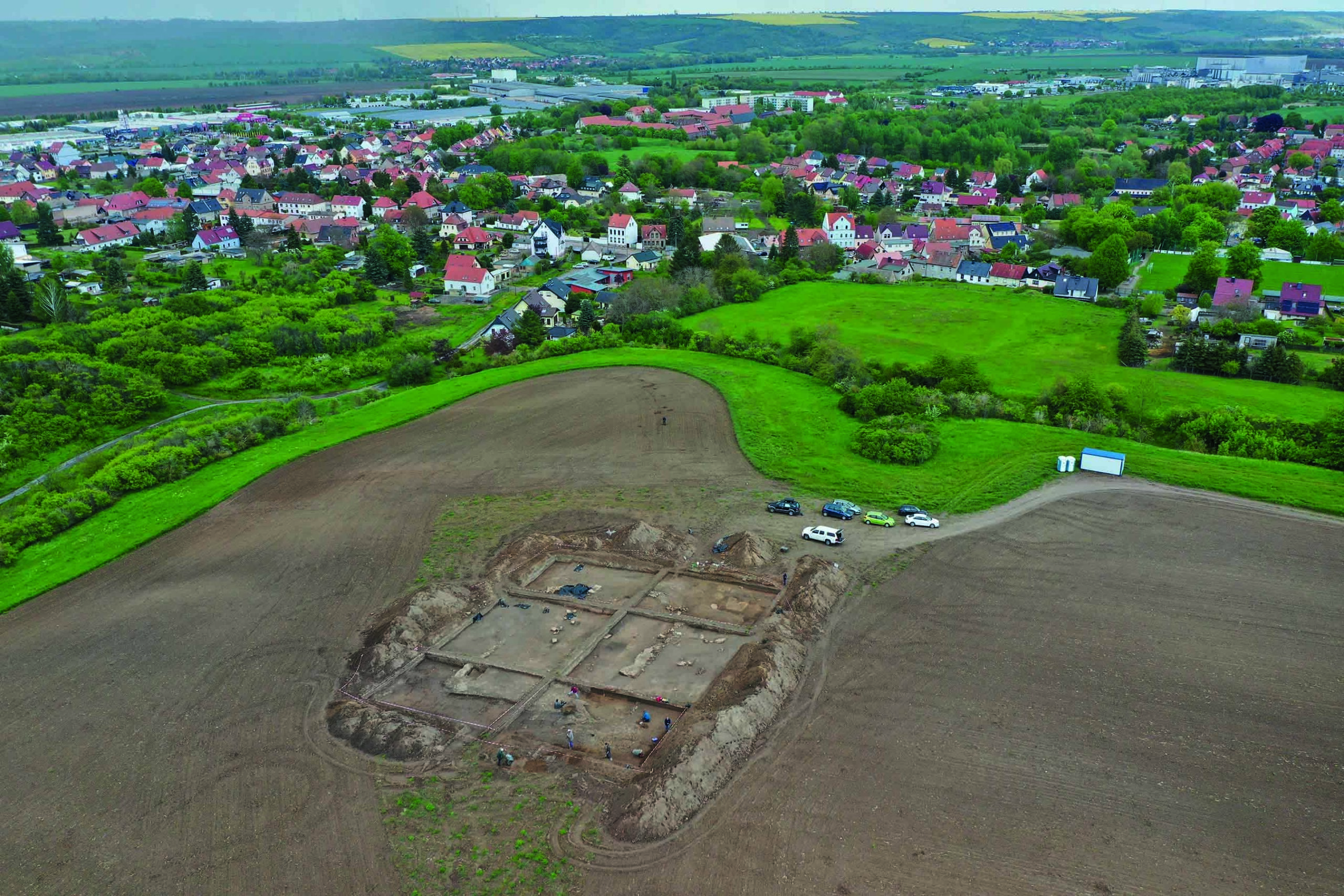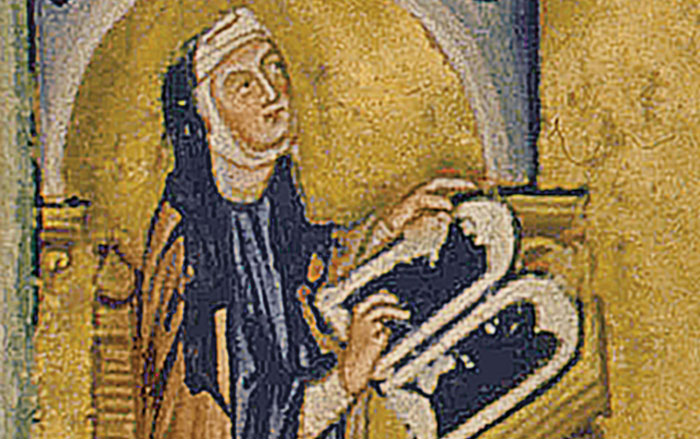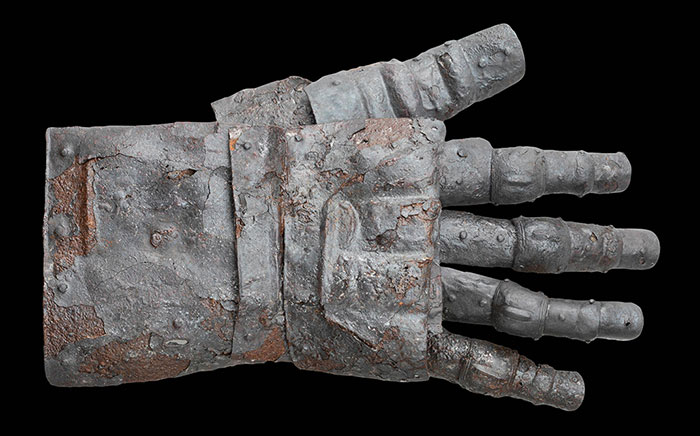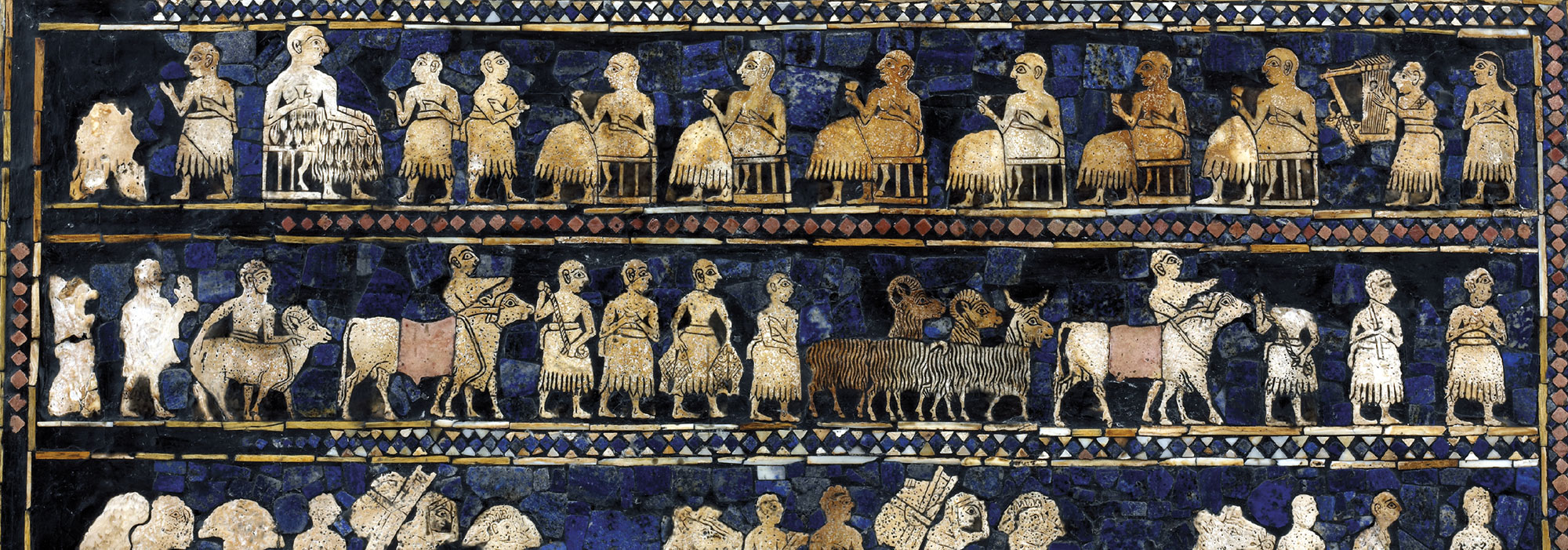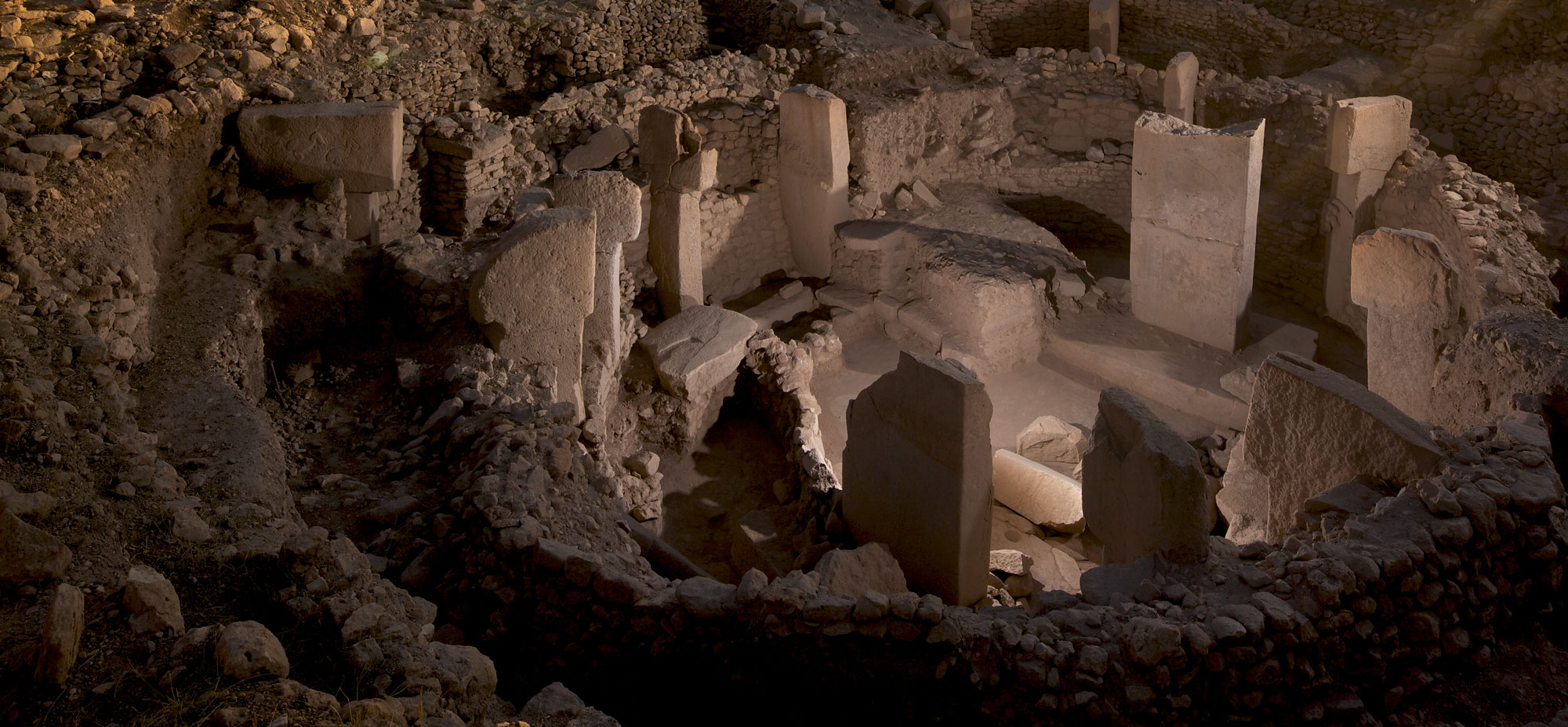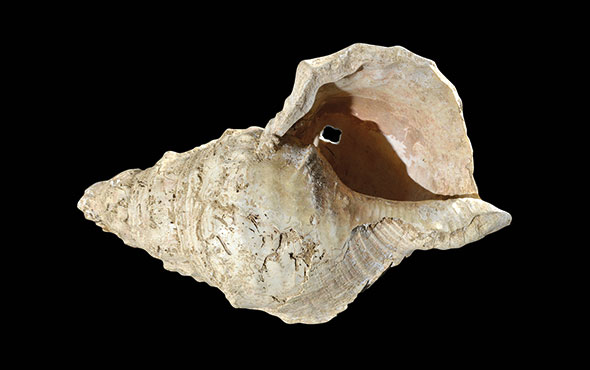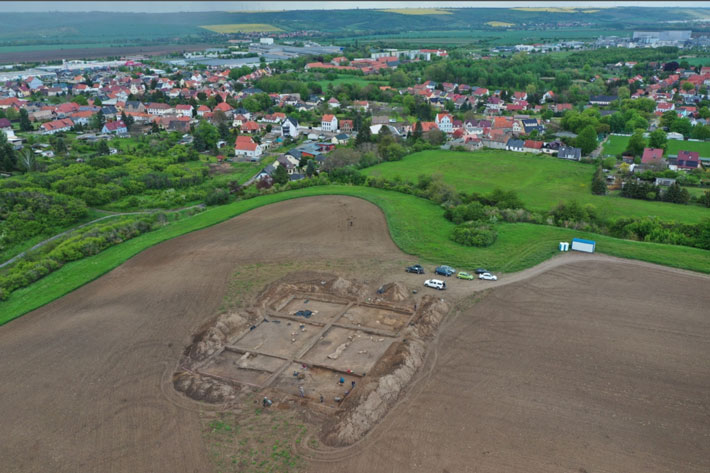
SAXONY-ANHALT, GERMANY—Live Science reports that a tenth-century Christian church constructed for Otto the Great of the Holy Roman Empire has been uncovered in northeastern Germany by researchers led by Felix Biermann of the State Office for Monument Preservation and Archaeology in Saxony-Anhalt. One of the emperor’s many palaces is thought to have stood nearby, based upon historical accounts. The cruciform church measured about 100 feet long and featured three aisles. Archaeologists also recovered a thirteenth-century Romanesque enameled bronze crucifix made in Limoges, a fragment of a church bell, a ninth-century enameled brooch, and coins. Otto the Great is only known to have visited the site once, in A.D. 968, when the church was consecrated. The building was destroyed during the Protestant Reformation in the sixteenth century. To read about a cache of gold and silver coins minted in the Holy Roman Empire, go to "A Catalog of Princes."


